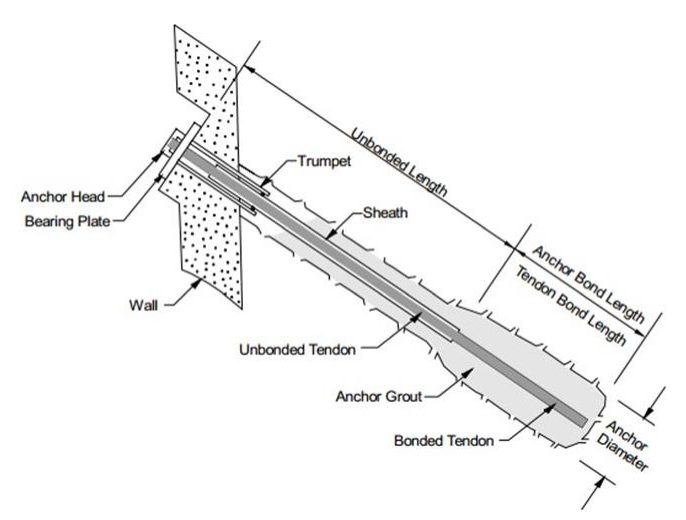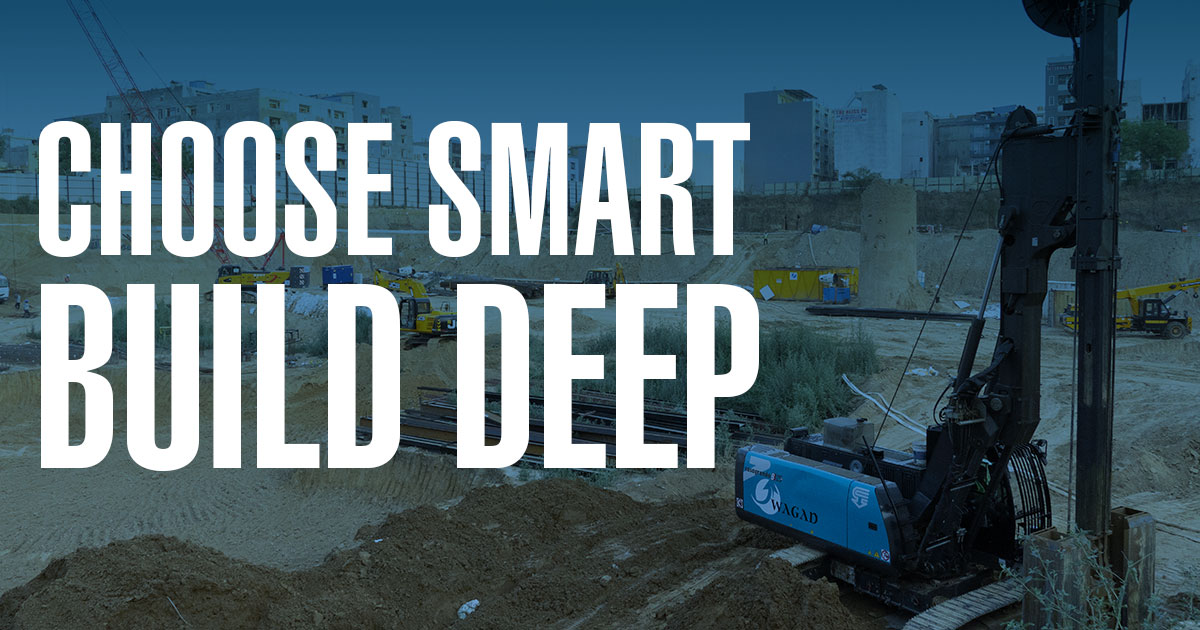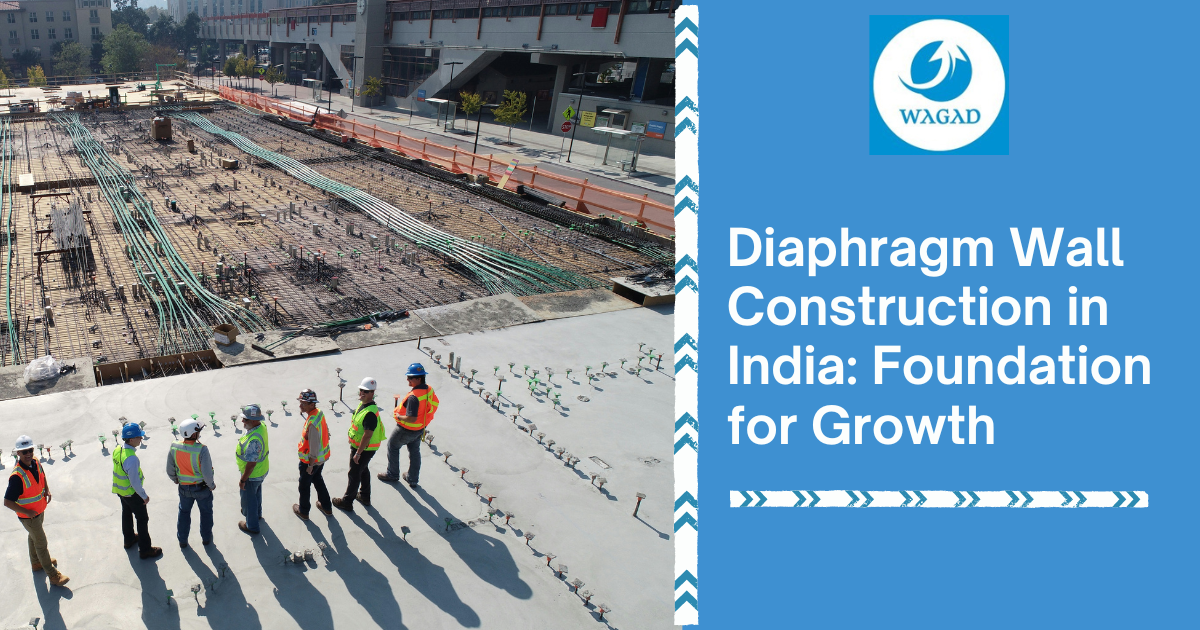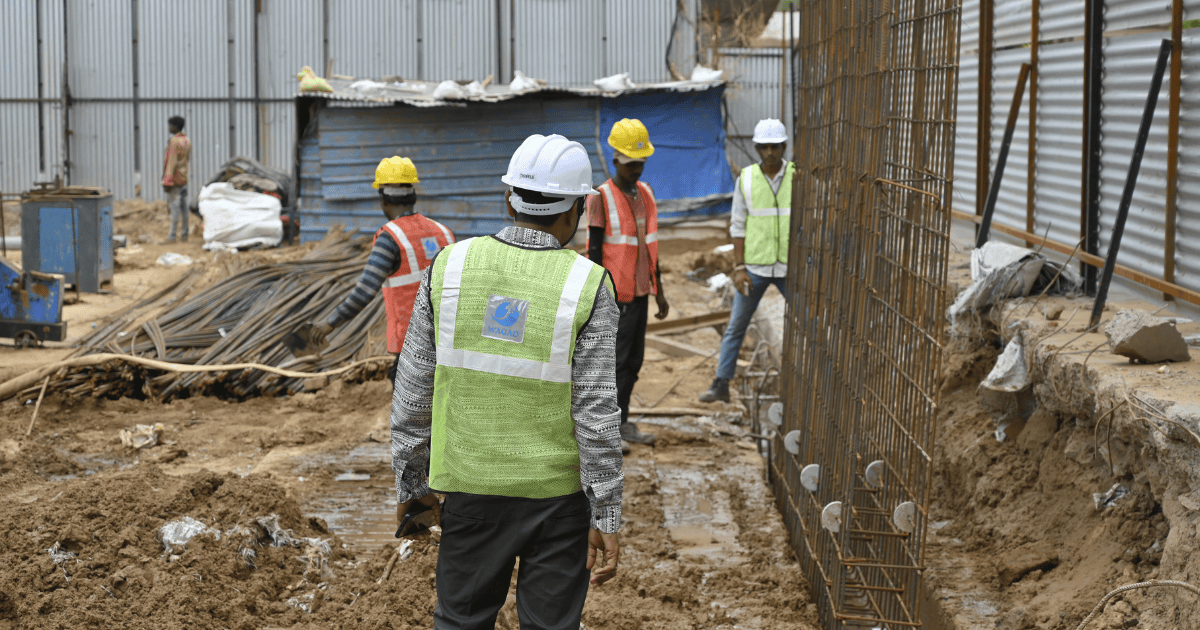Building Careers with Wagad Buildcon Pvt. Ltd.: Excellence in Diaphragm Wall Construction
Wagad Buildcon Pvt. Ltd. has been at the forefront of India’s infrastructure revolution, specializing in diaphragm wall (Dwall) construction, large-scale infrastructure projects, and high-quality Ready-Mix Concrete (RMC) solutions. Our commitment to innovation, precision, and safety makes us not just a construction company but a platform for career growth and professional excellence.
Our HR Vision: Nurturing Talent for the Future of Construction
At Wagad Buildcon, we believe that our employees are our greatest assets. Our HR vision focuses on attracting, nurturing, and retaining top talent in the construction industry. From engineers and site supervisors to safety officers and machine operators, every member of our team plays a critical role in delivering world-class infrastructure.
We actively invest in training programs that equip our workforce with the latest skills in diaphragm wall construction, Dwall technology, and modern civil engineering techniques. This ensures that our teams are prepared to handle complex projects with precision, efficiency, and safety.
Exciting Career Opportunities in Civil Construction
Wagad Buildcon offers diverse career paths in diaphragm wall construction, RMC supply, and large-scale infrastructure development. Some of the key roles include:
-
- Diaphragm Wall Engineers and Technicians
- Site Supervisors and Project Managers
- Safety Officers and Quality Inspectors
- Machine Operators and Skilled Labor
- HR and Administrative Professionals
By joining Wagad Buildcon, candidates gain hands-on exposure to landmark projects, advanced machinery like Casagrande B125, crane operations, reinforcement cage handling, and anchoring processes. Our team works together to deliver durable and high-quality infrastructure solutions, while fostering a culture of learning and innovation.
Training and Employee Development
Our commi
tment to em

ployee growth is
reflected in our structured training and mentorship programs. We focus on:
-
-
- Technical skills: Training on diaphragm wall construction, trench excavation, anchoring, and RMC quality control.
- Safety protocols: Ensuring strict adherence to safety guidelines on-site.
- Professional development: Workshops, certifications, and continuous learning opportunities.
-
These initiatives prepare our workforce to excel in high-pressure, large-scale construction environments, while staying updated with the latest industry standards.
A Culture of Excellence and Safety
At Wagad Buildcon, we cultivate a culture of teamwork, innovation, and inclusivity. Employees are recognized for their contributions, encouraged to share ideas, and empowered to take ownership of their projects. Our sites maintain highest standards of safety and quality, reflecting our core belief that employee well-being is integral to project success.
Impactful Projects Across India
Our teams have successfully executed complex diaphragm wall construction projects, high-rise building foundations, and major infrastructure developments. Employees at Wagad Buildcon gain the unique opportunity to work on:
-
-
- Highway and bridge construction projects
- Metro and railway infrastructure
- Commercial and industrial high-rise buildings
- Advanced RMC and Dwall projects
-
Being part of Wagad Buildcon means contributing to India’s growing infrastructure landscape while building a rewarding career.
Why Join Wagad Buildcon?
-
- Work on cutting-edge infrastructure projects with top-tier machinery and technology
- Continuous training and skill development in diaphragm wall construction and civil engineering
- Exposure to mega projects across highways, bridges, and high-rise buildings
- A safety-first, inclusive, and innovation-driven work environment
If you are looking to grow your career in diaphragm wall construction, civil engineering, or RMC operations, Wagad Buildcon is the ideal platform to turn your potential into excellence.
Join Our Team Today!
Explore exciting career opportunities with Wagad Buildcon Pvt. Ltd. and be part of a team that builds India’s future, one Dwall at a time.
Connect with our HR team on hr.dwall@wagadinfra.com and start your journey. Apply Today !
Author: Jaidev Mishra HR Manager, Wagad Buildcon Pvt Ltd






























